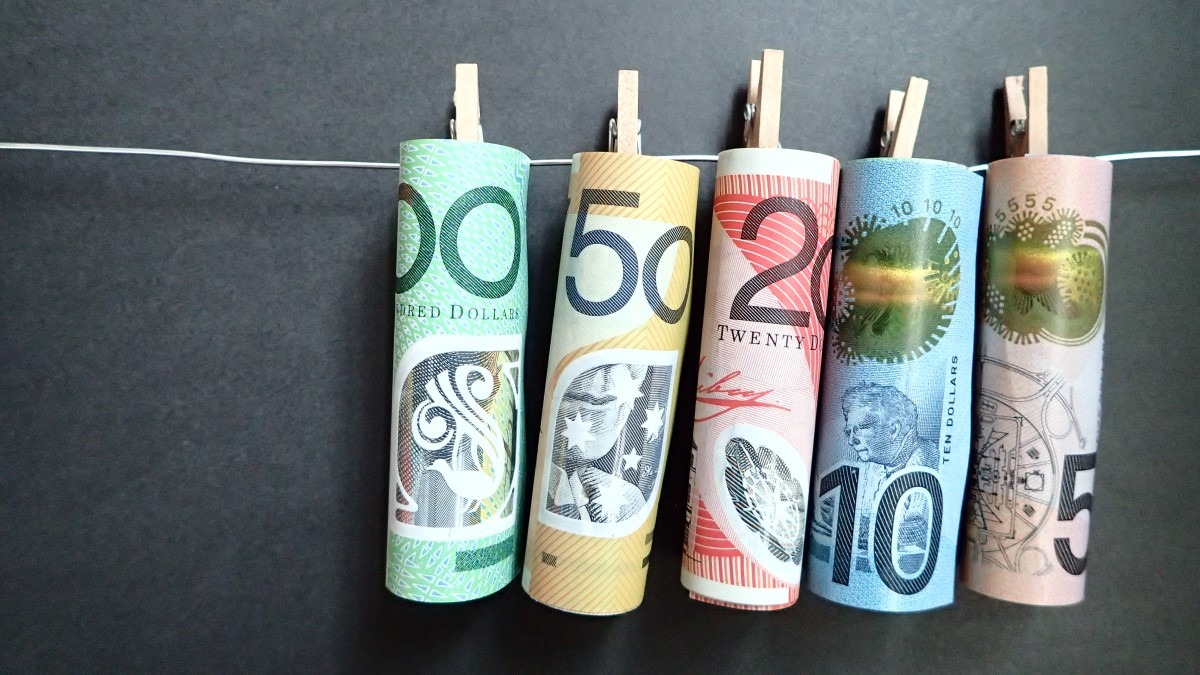Key Points:
- New Zealand’s CPI is expected at 0.6%; China’s GDP beats forecasts.
- Iran’s airstrike and embassy attack increase market jitters.
- NZD/USD fell to 0.5880 amid Middle East tensions.
- US retail sales are up 0.7%, indicating strong consumer spend.
Amid the rising geopolitical tensions in the Middle East, the New Zealand Dollar (NZD) has notably depreciated against the US Dollar (USD). Currently, the NZD/USD pair is trading at 0.5880, a decline highlighting investor movement toward the traditionally safer USD. This shift is largely in response to the recent developments in the Middle East, where the political landscape has become increasingly volatile. Investors are keenly observing these tensions, and their preference for the security of the USD reflects their risk aversion in uncertain times.
Market Jitters: Iran Airstrike and Embassy Attack
Over the past weekend, Iran conducted an airstrike in the Middle East, raising concerns over a potential escalation in regional conflict. Markets are now on edge, anticipating how Israel might respond to these developments. Additionally, the recent attack on the Iranian embassy in Syria has drawn international condemnation. China has voiced strong objections, labelling the attack as a breach of international law and deeming it unacceptable. These events contribute to the global uncertainty that typically leads investors to seek safer assets like the USD.
New Zealand CPI at 0.6%, China GDP Surges to 5.3%
Significant economic data will be released this week, which could influence market dynamics. New Zealand’s Consumer Price Index (CPI) for Q1 2024 is expected at 0.6% QoQ, an increase from the previous quarter. Meanwhile, China reported its GDP growth at 1.6% QoQ and 5.3% YoY, surpassing expectations and indicating a resilient economy despite global headwinds. Conversely, China’s industrial production increased by 4.5% YoY, falling short of the anticipated 5.4%, which might signal a slowing industrial activity.
Strong US Consumer Spend: Retail Sales Up 0.7%
In the US, recent data on retail sales for March showed a 0.7% month-on-month increase, exceeding the forecasted 0.3%. This indicates a robust consumer spending pattern, bolstering confidence in the US economic recovery. Additionally, the Retail Sales Control Group saw a substantial increase of 1.1%, suggesting that the core retail sector remains strong. These indicators are crucial as they provide insights into the overall health of the US economy.
Key Speech by Fed Chair, US Housing Updates Due
Looking ahead, the market is gearing up for more pivotal events. The USA will release housing data on Tuesday, which could provide further cues on the economic trajectory. Investors will closely monitor a highly anticipated speech by Fed Chair Jerome Powell at the Washington Forum for any hints on future monetary policy. These events could significantly sway market sentiments and strategies in the coming days.















